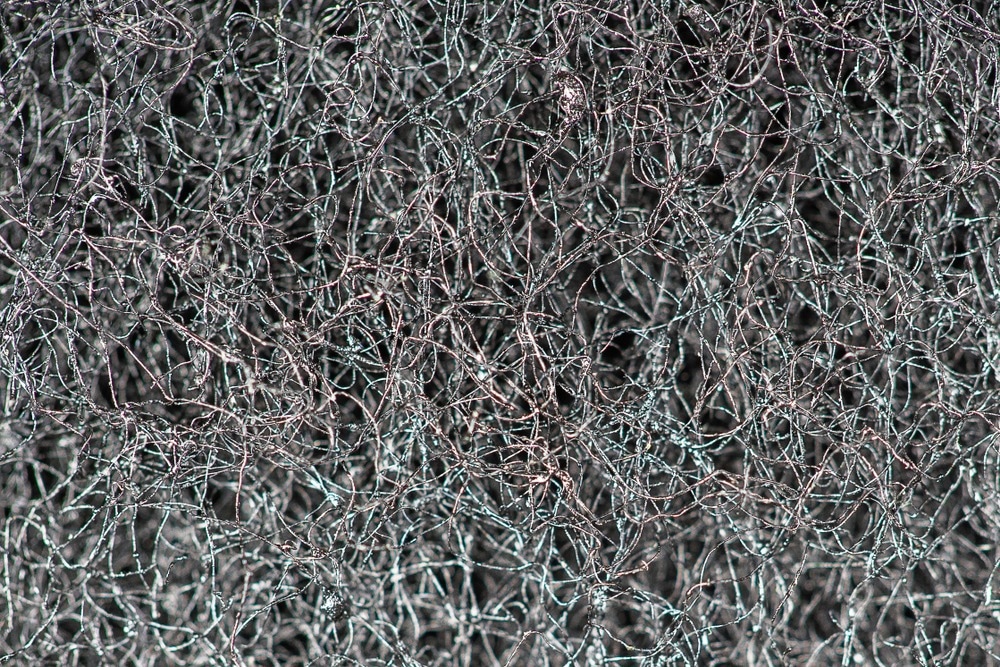In the quest for more efficient and sustainable heterogeneous catalysis, the integration of bimetallic nanoparticles has emerged as a promising strategy.

Image Credit: OlegD/Shutterstock.com
In a recent article published in Nature Communications, researchers from Korea and the UK focused on developing finely dispersed nickel (Ni) decorated platinum (Pt) nanoparticles on perovskite nanofibers through an interaction-driven in-situ approach. By leveraging the synergistic effects of precious and earth-abundant metals, this novel catalyst design aims to enhance reactivity and stability for CO oxidation reactions.
Background
Heterogeneous catalysis is a crucial process in various industrial applications, providing efficient pathways for chemical reactions while minimizing energy consumption and waste production. Pt has long been recognized for its exceptional catalytic properties but suffers from high cost and limited availability.
Bimetallic catalysts, combining noble metals like Pt with earth-abundant metals such as Ni, have shown promise in enhancing catalytic efficiency and reducing reliance on precious materials. By harnessing the synergistic effects of different metals, bimetallic nanoparticles can be tailored to optimize catalytic performance for specific reactions, such as CO oxidation.
Perovskite materials have also gained attention in catalysis as a support due to their unique properties, including high surface area, thermal stability, and customizable surface chemistry. Understanding the dynamic formation and interactions between metals and supports in bimetallic systems is crucial for maximizing the efficiency of these advanced catalysts in sustainable catalytic processes.
The Current Study
The synthesis of nickel (Ni) decorated platinum (Pt) nanoparticles on perovskite nanofibers involved a series of carefully controlled steps. Initially, a non-stoichiometric Ni-doped perovskite La0.52Ca0.28Ni0.06Ti0.94O3 (LCNT) with a 0.2 deficiency on the A-site was prepared using an electrospinning method. The resulting perovskite nanofibers exhibited a high aspect ratio, with a length exceeding 100 μm and an average diameter of approximately 350 nm. Subsequently, nanoparticles with an average size of about 50 nm were exsolved on the unmodified nanofibers after reduction in a 5% H2/Ar atmosphere at 800°C, as confirmed by scanning electron microscopy (SEM).
Pt modification was then introduced to the LCNT nanofibers, with Pt nanoparticles deposited on the surface. The Pt-decorated nanofibers were subjected to heat treatment at different temperatures (400°C, 600°C, 800°C) to investigate the evolution of the nanoparticles and their catalytic properties.
Inductively coupled plasma optical emission spectrometry was used to determine the loading percentage of Pt on the support, while N2 adsorption-desorption measurements provided information on the specific surface area and pore characteristics of the samples.
X-Ray absorption techniques, temperature-programmed reduction experiments, X-Ray diffraction, and X-Ray photoelectron spectroscopy were employed for detailed structural and compositional analysis of the samples.
The catalytic performance of the Pt-Ni decorated perovskite nanofibers was evaluated for CO oxidation. The reactivity of the samples was assessed based on shifts in light-off temperatures and turnover frequency (TOF) values.
The results from the catalytic performance tests provided insights into the effectiveness of the Pt-Ni nanoparticles in promoting CO oxidation. They also demonstrated the superior catalytic activity of the engineered nanofibers compared to traditional catalysts.
Results and Discussion
The study revealed that the in-situ growth of Ni-decorated Pt nanoparticles on perovskite nanofibers enhanced the catalytic performance of CO oxidation. Reducing the samples at different temperatures led to morphological changes in the nanoparticles, with smaller and more dispersed particles observed at lower temperatures.
SEM images confirmed the presence of well-dispersed and smaller nanoparticles on the surface of perovskite fibers with Pt compared to samples without Pt. The controlled synthesis of bimetallic nanoparticles on the perovskite surface allowed for the fine-tuning of catalytic properties, leading to improved reactivity and stability.
Transmission electron microscopy (TEM) analysis provided detailed insights into the shape of the nanoparticles and their interfaces with the perovskite nanofibers. Energy dispersive X-Ray (EDX) data revealed the composition and distribution of the Pt-Ni nanoparticles on the surface of the perovskite, highlighting the synergistic effects of the bimetallic system.
The catalytic performance tests demonstrated the superior reactivity of the Pt-Ni decorated perovskite nanofibers for CO oxidation, with significant improvements in light-off temperatures and turnover frequency values compared to conventional catalysts.
Conclusion
the synergistic growth of Ni-decorated Pt nanoparticles on perovskite nanofibers represents a promising approach for enhancing catalytic activity in CO oxidation reactions. The controlled synthesis of bimetallic nanoparticles with tailored compositions and distributions offers new opportunities for improving the efficiency and stability of catalysts.
By combining advanced characterization techniques with catalytic performance tests, this study provides valuable insights into the design and optimization of nanomaterials for sustainable catalytic applications.
The findings contribute to the ongoing efforts to develop high-performance catalysts for various industrial processes, highlighting the potential of bimetallic nanoparticle architectures in advancing heterogeneous catalysis.
Journal Reference
Xu, M., et al. (2024). Synergistic growth of nickel and platinum nanoparticles via exsolution and surface reaction. Nature Communications. doi.org/10.1038/s41467-024-48455-2